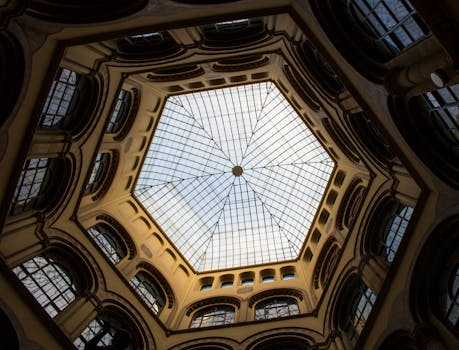
Traveling Through Time: How Europe’s Historical Heritage Shapes Modern Lifestyles in 2025
Traveling Through Time: How Europe’s Historical Heritage Shapes Modern Lifestyles in 2025. Europe, with its vast and diverse history, has always been a fascinating destination for travelers and history enthusiasts. From the ancient ruins of Greece and Rome to the medieval castles of England and France, Europe’s historical heritage is unparalleled. But how does this rich history continue to shape modern lifestyles in 2025? In this article, we’ll explore the ways in which Europe’s historical heritage influences contemporary culture, architecture, and art.
The Influence of Historical Landmarks on Modern Architecture
Europe’s historical landmarks have always been a source of inspiration for architects and designers. From the Colosseum in Rome to the Eiffel Tower in Paris, these iconic structures have shaped the way we think about building design and urban planning. In 2025, we can see the influence of historical landmarks on modern architecture in the way that contemporary buildings incorporate elements of classical design. For example, the use of arches, columns, and domes in modern buildings is a direct nod to the architectural styles of ancient Greece and Rome.
The Impact of Cultural Heritage on Modern Art
Europe’s cultural heritage has also had a profound impact on modern art. From the Renaissance to the Impressionist movement, European art has always been characterized by its innovative spirit and willingness to push boundaries. In 2025, we can see the influence of cultural heritage on modern art in the way that contemporary artists incorporate elements of traditional art forms into their work. For example, the use of traditional techniques such as fresco and mosaic in modern art is a direct nod to the artistic traditions of the past.
The Role of Historical Heritage in Shaping Modern Lifestyles
But Europe’s historical heritage doesn’t just influence architecture and art – it also shapes modern lifestyles in more subtle ways. For example, the concept of the ‘grand tour’ – a traditional European trip that takes in multiple countries and cultural landmarks – has evolved into the modern phenomenon of backpacking and gap years. Similarly, the traditional European café culture – where people gather to socialize and enjoy coffee and pastries – has been adopted by cities all over the world.
Conclusion
In conclusion, Europe’s historical heritage continues to shape modern lifestyles in 2025 in profound and lasting ways. From architecture to art and culture, the influence of the past can be seen in every aspect of contemporary European life. As we look to the future, it’s clear that Europe’s historical heritage will remain a vital and enduring part of our shared cultural identity.






